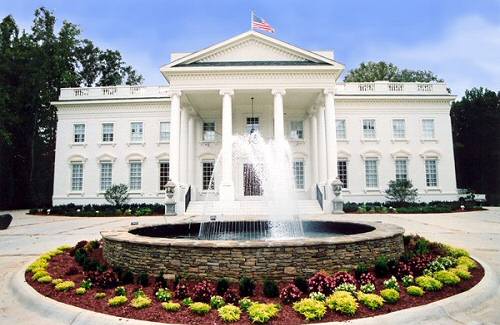 The world’s urban population will double to 6.4 billion by 2050. Cities are being created, abandoned, and transformed faster every year. This poses challenges crucial to the regulation, operation, and sustainability of urban growth and development. What are some of the questions that we must address when dealing with these challenges? How will our response change our world? Here are some topics recently addressed at the recent IFMA "ReTh!nk the City" symposium... great food for thought!
The world’s urban population will double to 6.4 billion by 2050. Cities are being created, abandoned, and transformed faster every year. This poses challenges crucial to the regulation, operation, and sustainability of urban growth and development. What are some of the questions that we must address when dealing with these challenges? How will our response change our world? Here are some topics recently addressed at the recent IFMA "ReTh!nk the City" symposium... great food for thought!
- With workplace mobility and the ability to create virtual workplaces, why do we still need cities? Why do knowledge workers continue to flock to them?
- What lessons can be learned from planned and unplanned (market-driven) cities? How does planning or its absence affect workplace facilities?
- What role will digital “Smart Cities” play in the future, and what kind of social, economic, and environmental information do planners use to shape such cities?
- Should we save dying cities?
- What are the social, financial, and environmental lessons from the new cities being built in developing countries such as India and China?
- What are the facility management implications of the various urban-development models the panelists will present?
- What can the discipline of facility management teach planners about cradle-to-cradle systems, and vice versa?
- Does the urban planning community see facility managers as having a role beyond the day-to-day operations of buildings?
- What role are facility managers already playing in city planning?
- Which of the 11 core competencies of facility management come into play in city planning?
- How can we ensure that facility management needs are taken into account when policymakers make rules shaping urban development?
- What federal, state, and local urban development laws affect facility managers? Where would our insights be useful in shaping new laws and regulations?
- Who is responsible for activating facility managers as participants in the international planning conversation?

 The Counselors of Real Estate (CRE) recently identified common cross-industry issues that are impacting real estate executives. These issues cover shifting demographics, capital markets, new uses of technology, and the role of sustainability. My interpretation of the results are below:
The Counselors of Real Estate (CRE) recently identified common cross-industry issues that are impacting real estate executives. These issues cover shifting demographics, capital markets, new uses of technology, and the role of sustainability. My interpretation of the results are below: